“If you can dream it, you can do it” is one of the most famous quotes attributed to Walt Disney, appearing on everything from merchandise to inspirational memes. The only issue? Walt never said it.

In fact, there’s no evidence in either filmed, audio, or written format that Walt ever said anything even remotely like the quote. Instead, the actual story behind “If you can dream it, you can do it” involves an Imagineering legend, one of Walt Disney World’’s most beloved attractions, a powerful corporate sponsor, and a copywriter who stayed unknown for decades.
The first usage of a form of the quote publicly associated with Disney comes in 1983, when a slightly tweaked version of the phrase – – “If we can dream it, we can do it” – – is painted on a wall outside EPCOT Center’s then-new thesis statement attraction Horizons. It also appeared in the attraction’s script, when one character tells another “The only difference is that today, with what we know and what we are learning to do, we really can bring our dreams to life. It takes a lot of work, but the truth is, if we can dream it, we can do it.”

The phrase was added by Imagineer Tom Fitzgerald, who wrote the Horizons script and would go on to spend 40 years with Imagineering, becoming one of the most respected individuals in the organization’s history.
After Horizons closed for the final time in 1996, the phrase was mostly forgotten, until “If you can dream it, you can do it” appeared attributed to Walt Disney as part of a 2007 DVD series The Science of Imagineering. Looking at how the Walt Disney Company has long-promoted a certain characterization of its namesake founder — the “Uncle Walt” persona that Disney himself had perfected during his lifetime — it’s understandable why many would believe that the quote could be attributed to Walt. After all, it shares the sense of optimistic faith in human ingenuity that Walt (and more importantly the Uncle Walt character) often espoused, which came to represent the ethos of Imagineering.
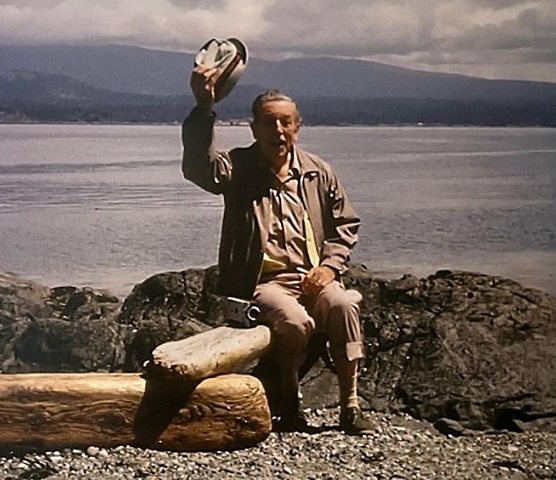
As stated above, there is zero evidence that Walt ever said it. However, that didn’t stop Disney from marketing the phrase on merchandise, which in turn has led to the quote being attributed to Walt all over the internet, and its use on many pieces of unlicensed merchandise. Do a simple Google search and you’ll see what we mean.
Understandably, this seemed to rub Tom Fitzgerald the wrong way. In an interview with Disney archivist Dave Smith decades after the ride opened that was shared on Disney’s D23 website, Fitzgerald spoke about the quote, saying “‘I am very familiar with that line because I wrote it! It was written specifically for the Horizons attraction at Epcot and used in numerous ways, from dialogue in the ride to graphics. I find it amusing that the Science of Imagineering DVD series attributes it to Walt Disney, but I guess I should be flattered.”

So we have our simple answer right? Imagineer Tom Fitzgerald coined the phrase “If you can dream it, you can do it” for Horizons right? Well… not quite.
In 2021, former 20-year Disney Cast Member Catherine Ramirez wrote about the origin of the quote, and in the process published excerpts of an interview she did with Sheralyn Silverstein, a copywriter who had claimed on a podcast that she had actually been the one to coin the phrase “If you can dream it, you can do it” while working on the General Electric account — the same General Electric that sponsored Horizons during the first decade of its existence — in 1981, a full two years before the ride opened.
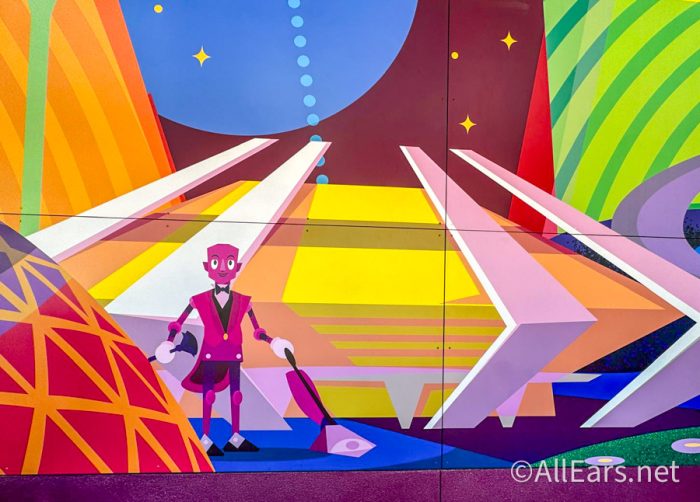
Silverstein was working at the Marsteller New York ad agency in 1981. That year, GE recruited the agency to work on several small-scale projects, including work for the company’s recruitment division. According to her interview, “I decided to do was I said, ‘Why don’t we use quotes for teachers and professors, and I’ll make them up.” One of Sheralyn’s ideas was a teacher telling a student, “If you can dream it, you can do it.”
According to Ramirez, the line was very well received by GE’s executives, with the legendary Jack Welch himself allegedly pointing at the quote and saying, “That’s the reason I’m going to sign your agency!”
“It was like winning the lottery” according to Silverstein. “This is something you dream about as a kid. I also got a bonus and a raise. It doesn’t happen like that very often.” The line was used in several pieces of General Electric recruitment material in 1981 and 1982, which Silverstein provided to Ramirez as proof of her story.

According to Silverstein, several months after these recruitment brochures had been published, she was informed that Disney was going to use a version of the line. She says she was told, “They are going to use it for their tagline (for Horizons) at Epcot. And that’s what they did.”

Silverstein says that she only learned of the quote’s attribution to Walt (and Fitzgerald) years later when she happened upon it on the internet. When asked at the time if she’d ever contacted Disney about attribution for the quote, she said at the time of the interview, “No, but if they want to talk to me about it, I’m open. I’d be glad to talk to Walt Disney the man if he were still alive. I’d say, we both know. And as for the Imagineer (Tom Fitzgerald), I respectfully say he is incorrect. It’s like I said when you write something, and you’re a writer, if you see someone else taking credit for it. You think that is something you would never do. It’s the only thing you have to get other jobs, to get recognition, you have to be vigilant about your work and protect it. And when people say you shouldn’t blow your own horn, yes you should, yes you should. (laughter) I’ve been in plenty of rooms with people blowing their own horns.”
Ramirez also spoke to legendary Disney historian — and AllEars alum — the late Jim Korkis at the time of her interview with Silverstein. When asked about the situation, he responded, “I don’t think Fitzgerald consciously borrowed that phrase to claim as his own. As a writer, you read tons of stuff, and sometimes something gets buried in the subconscious that seeps out when you need something and it just seems right somehow. I have never heard of Fitzgerald ever taking credit for something from someone else. However, that wouldn’t be the first time an Imagineer “borrowed” a phrase from elsewhere… the Imagineers dubbing the Epcot model at Carousel of Progress “Progress City” because sponsor GE was using the phrase at the time “Progress is our most important product.”
The legendary author also added, “In my opinion, it seems like Silverstein should get credit for the line that we all know today.”
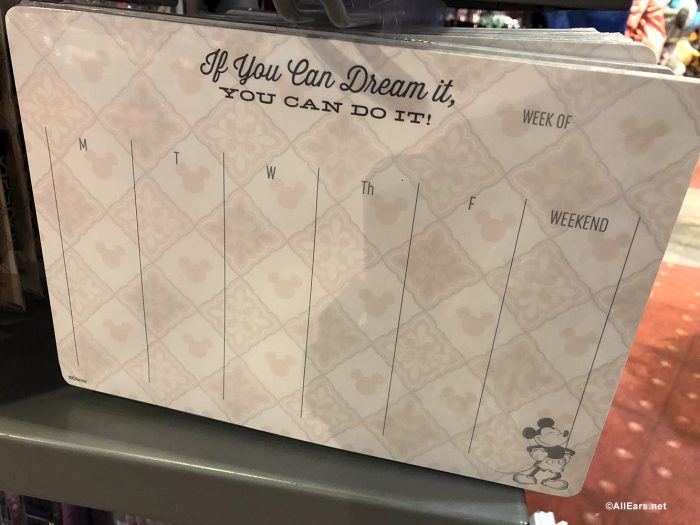
While “If you can dream it, you can do it” does have a muddled history — and was never uttered by Walt Disney — the quote still defines much of the Disney ethos. Stay tuned to AE for more deep dives into Disney history!
Why EPCOT’s Iconic Horizons is Still So Beloved 20 Years After Its Closure
Join the AllEars.net Newsletter to stay on top of ALL the breaking Disney News! You'll also get access to AllEars tips, reviews, trivia, and MORE! Click here to Subscribe!

Where do you think the credit lies for “If you can dream it, you can do it”? Let us know in the comments below!

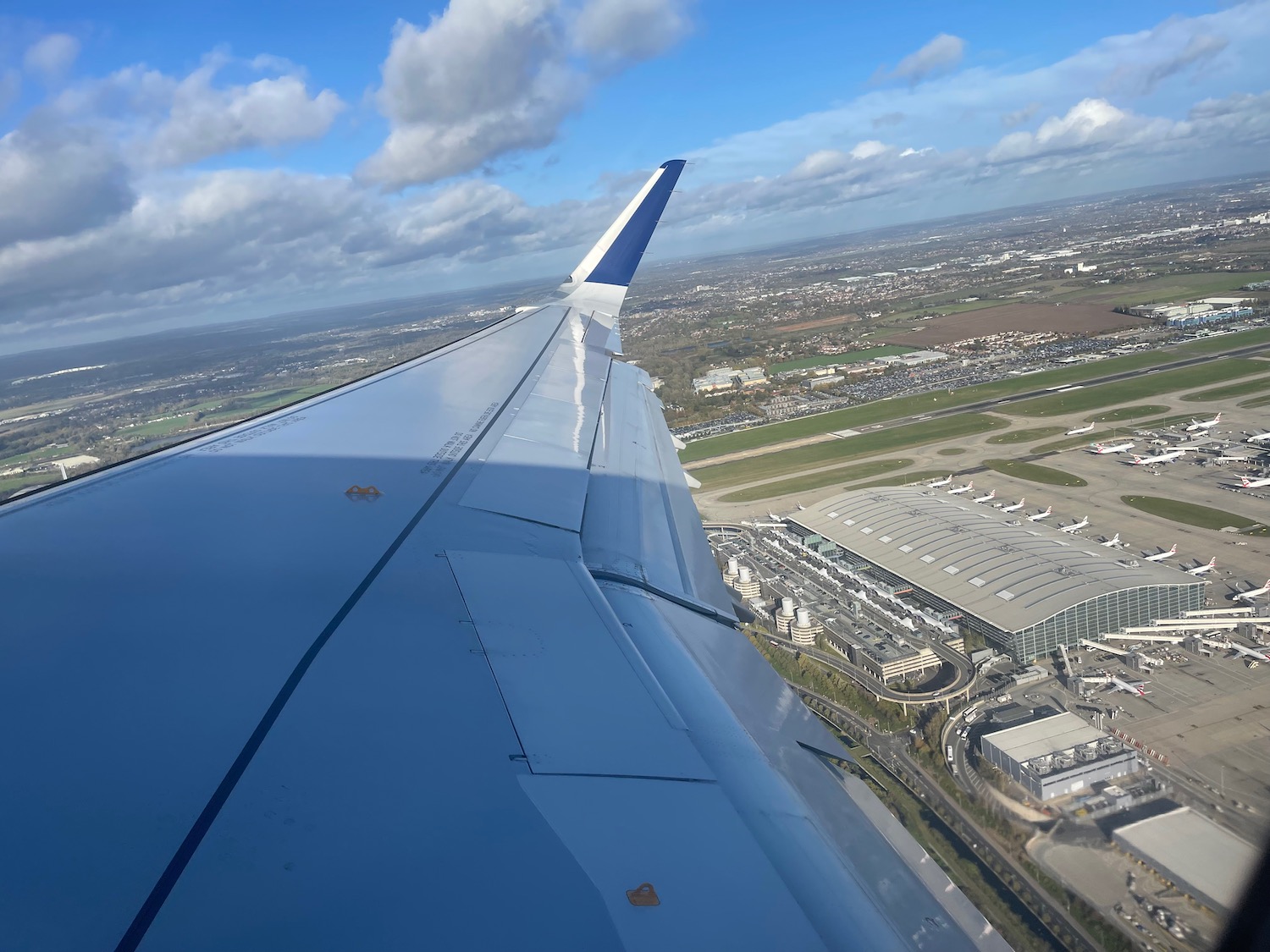


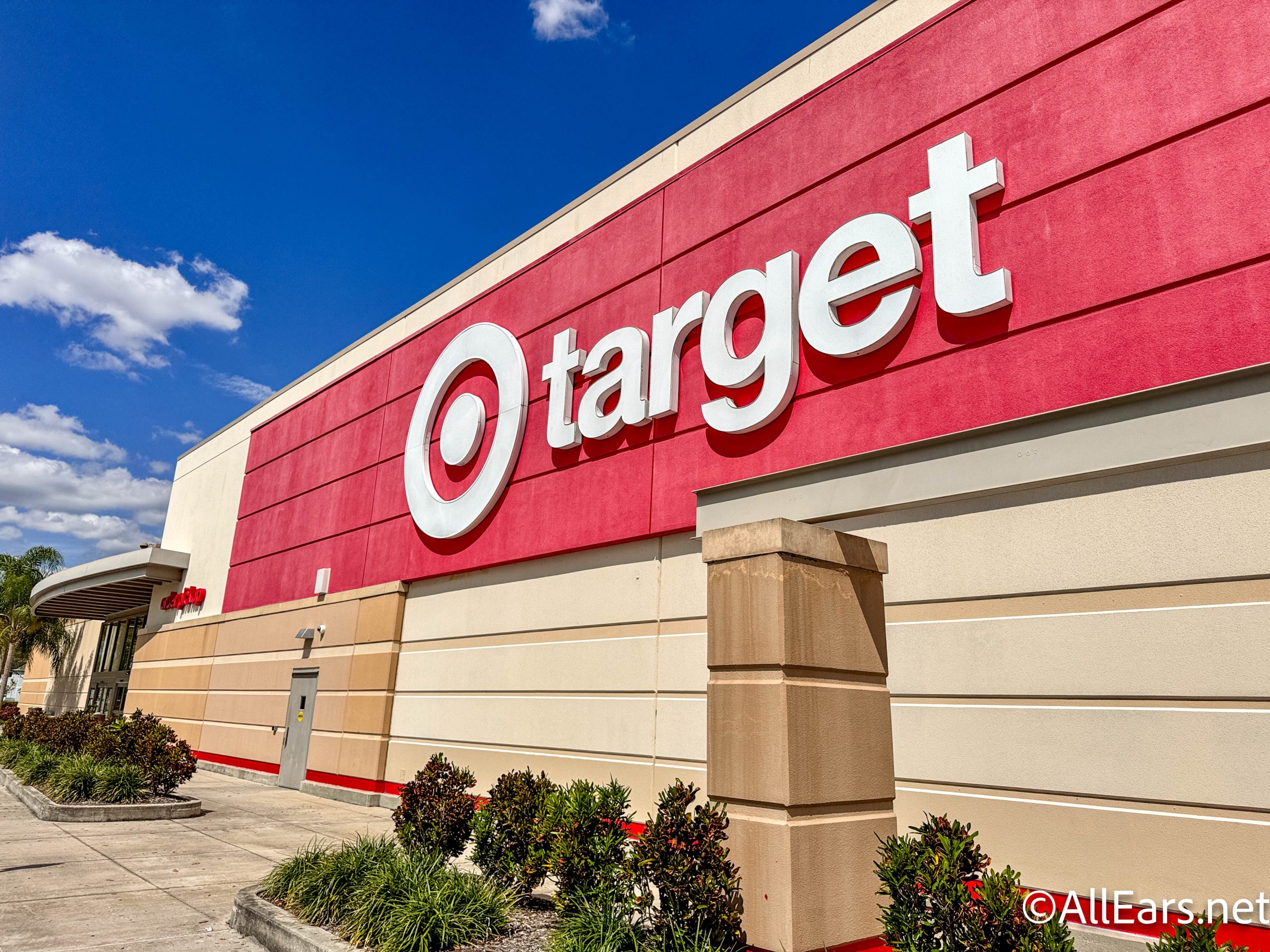
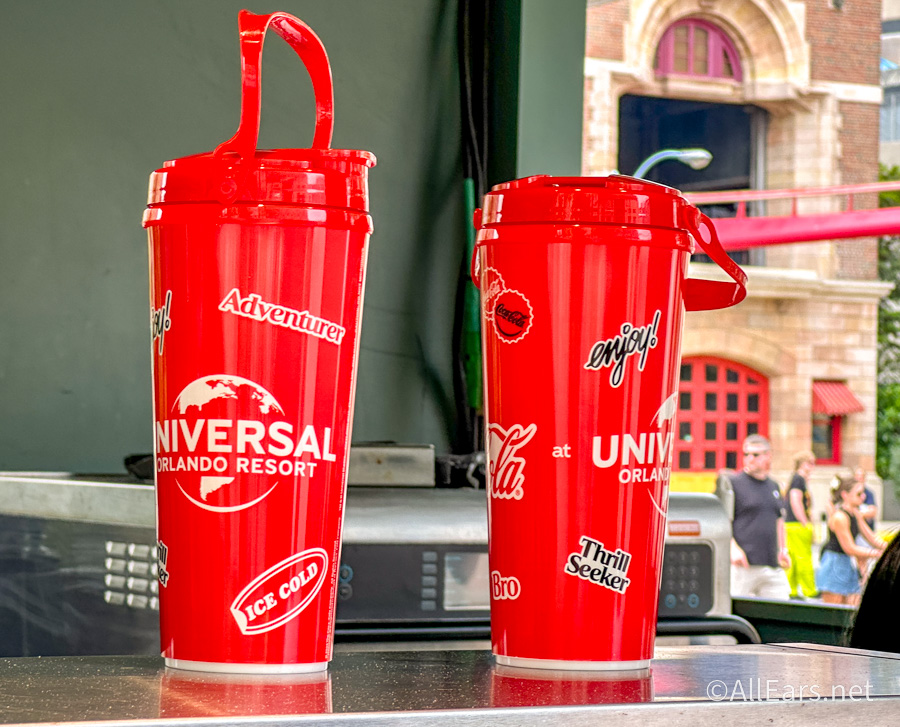
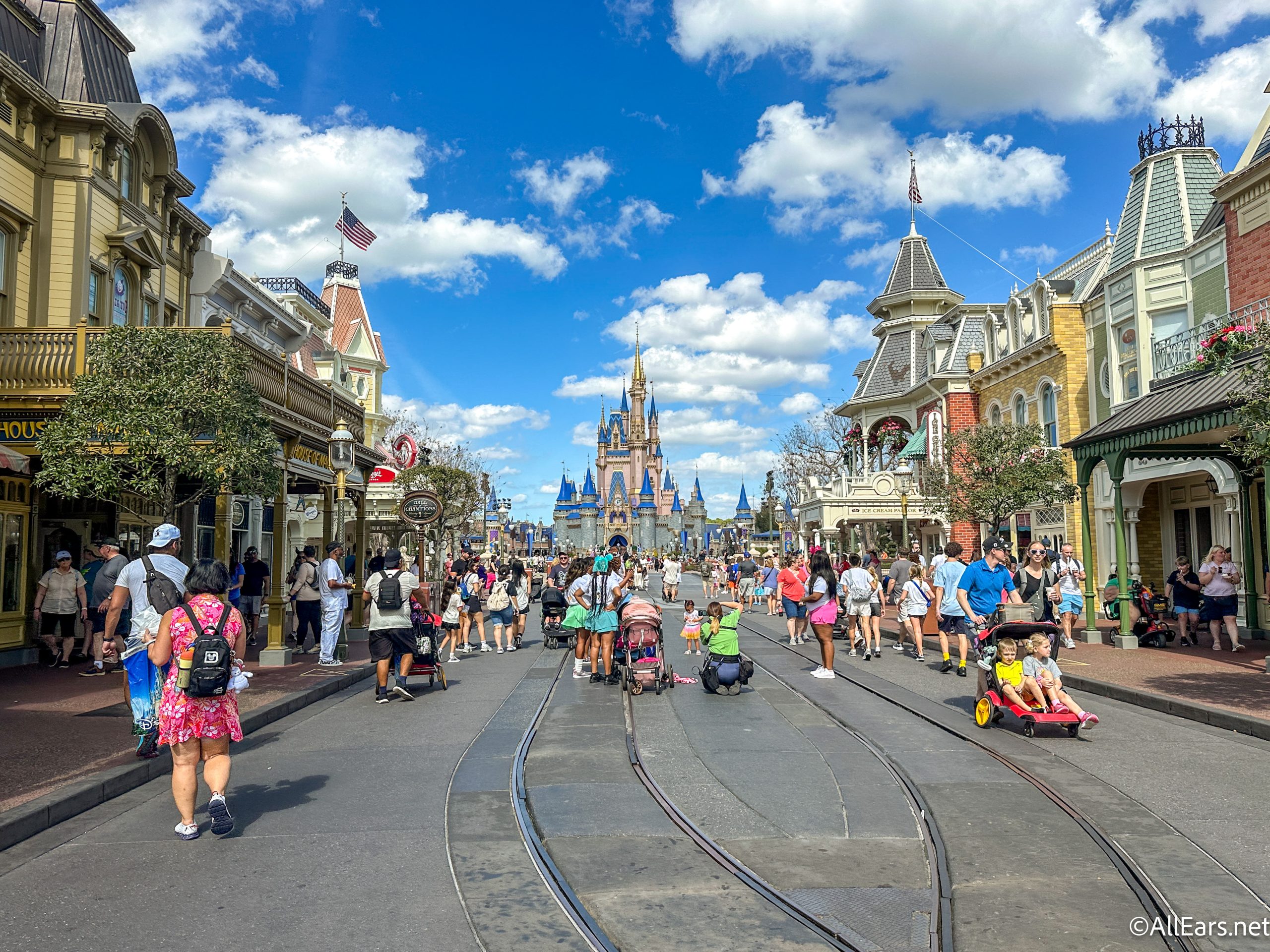
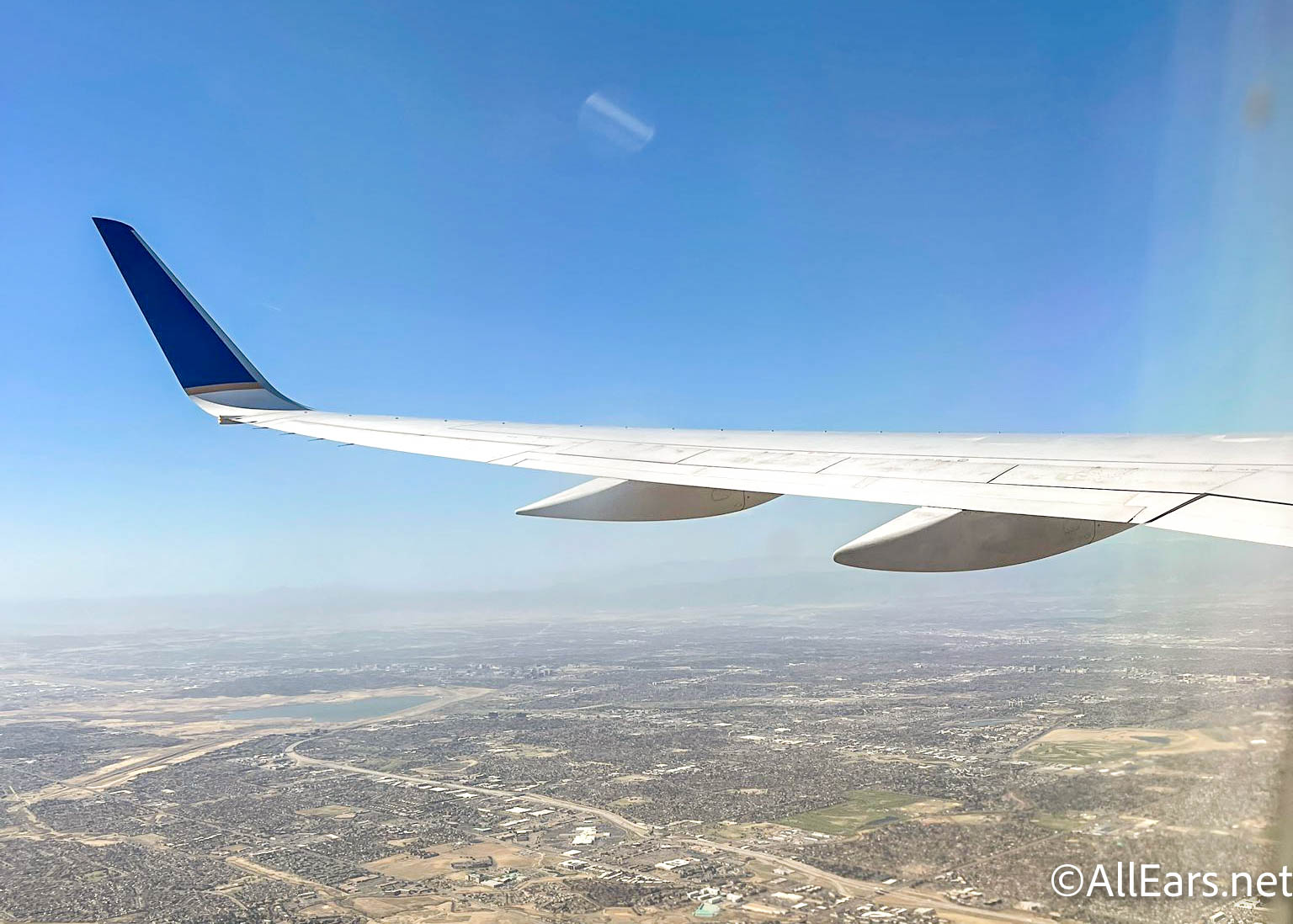




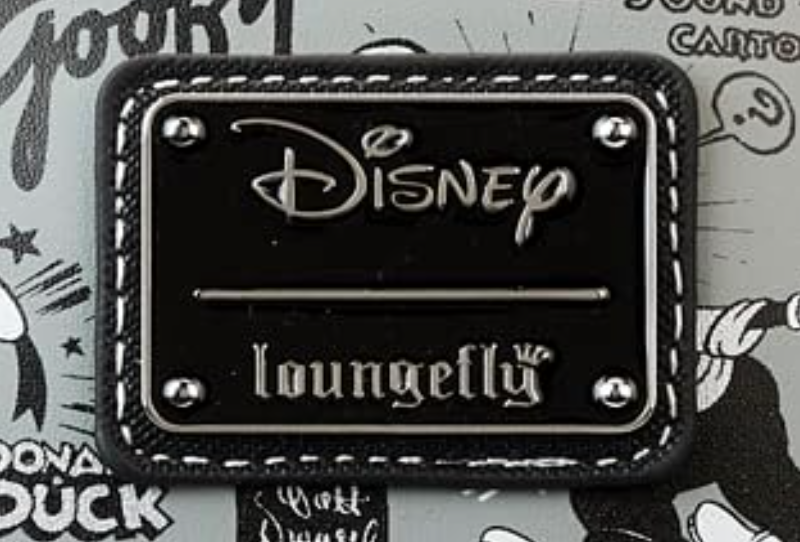
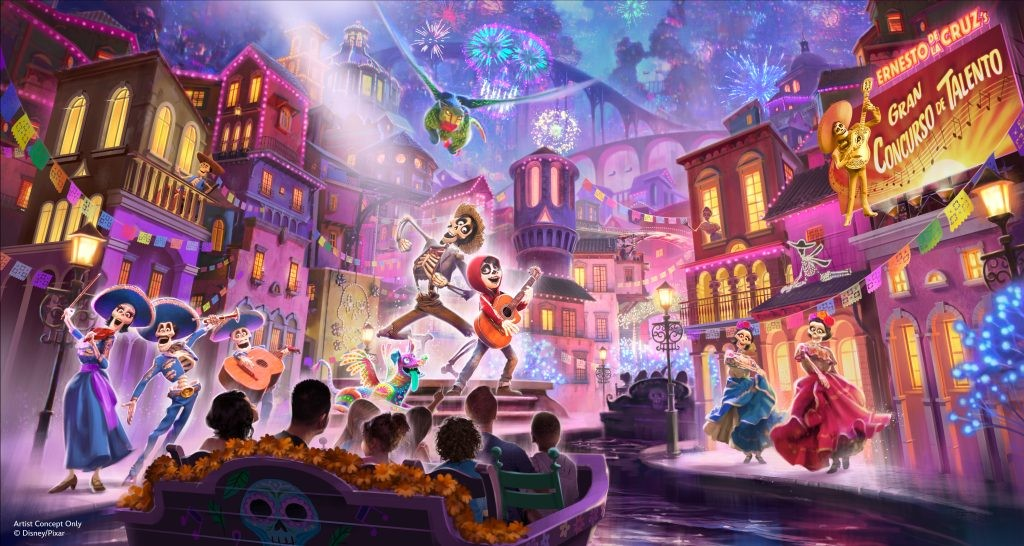



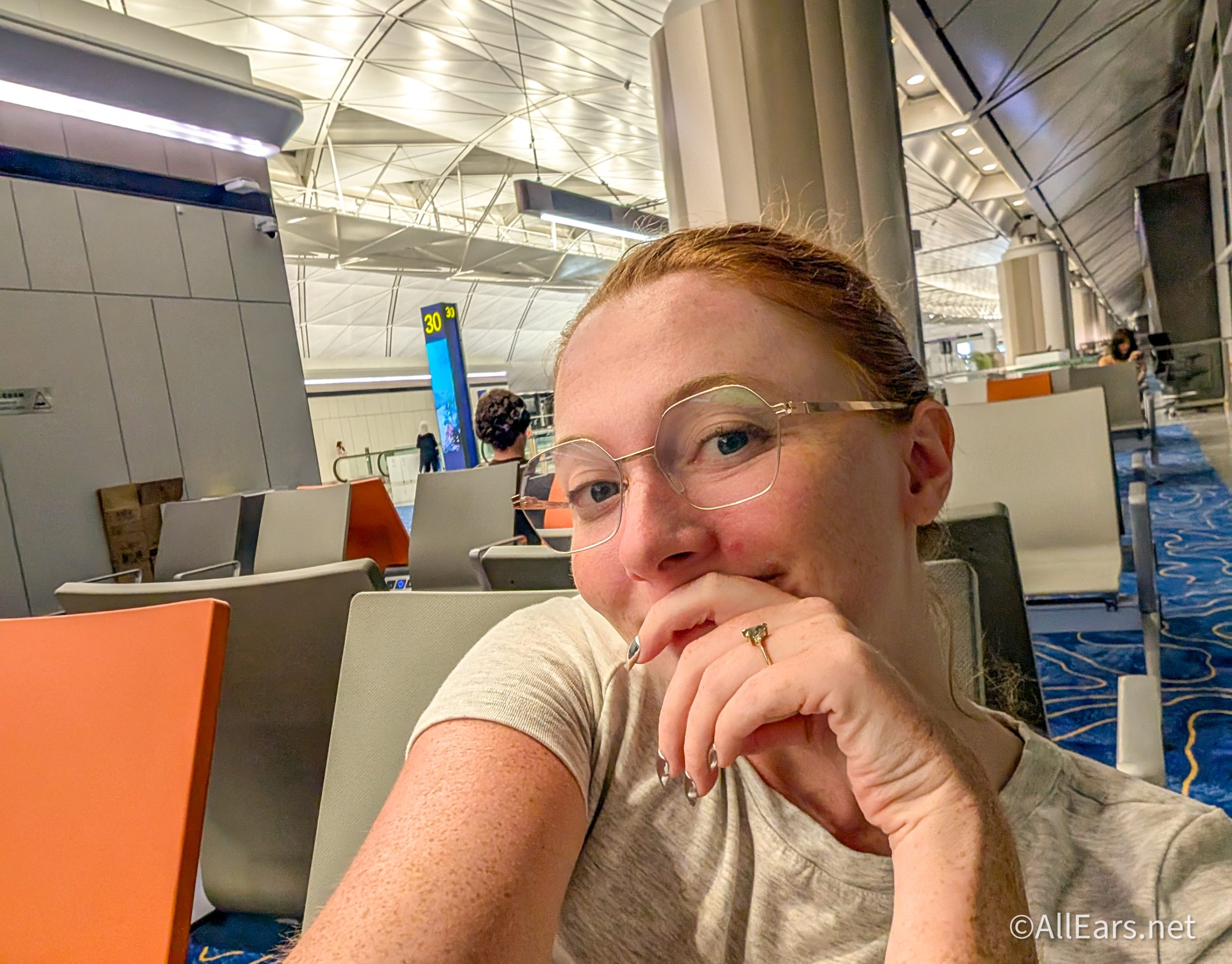



I’ve known for a long time that Walt didn’t actually say it, but I still have a framed scrabble tile version of it in my hallway. It’s a lovely uplifting phrase and none of my friends realise it’s not true because they think I’m the Disney expert!